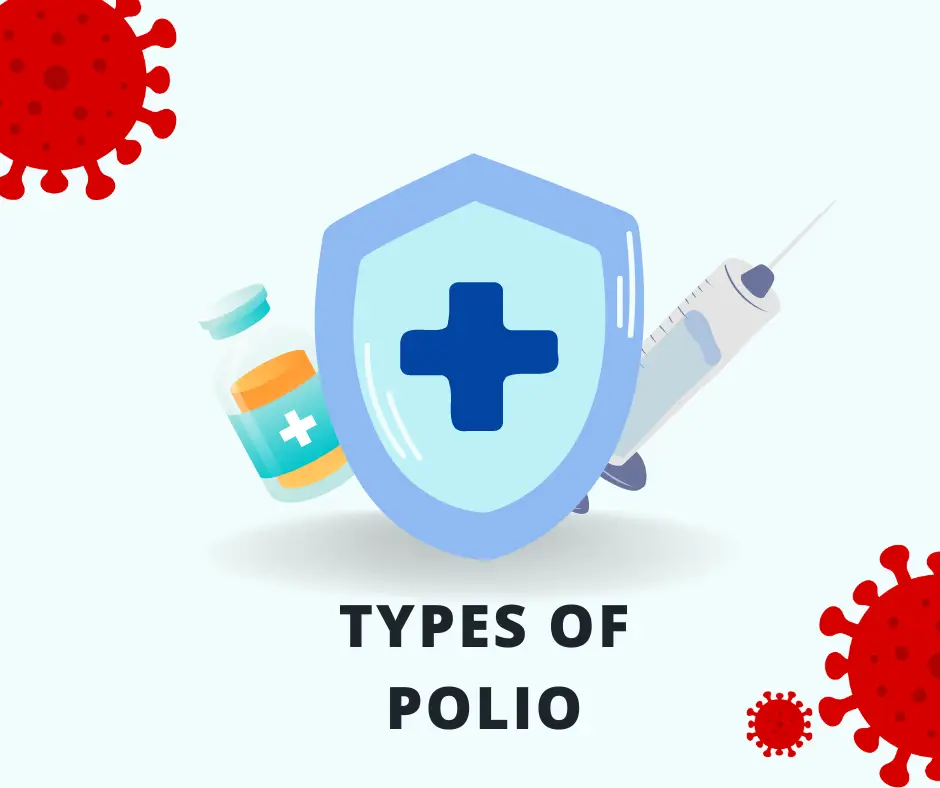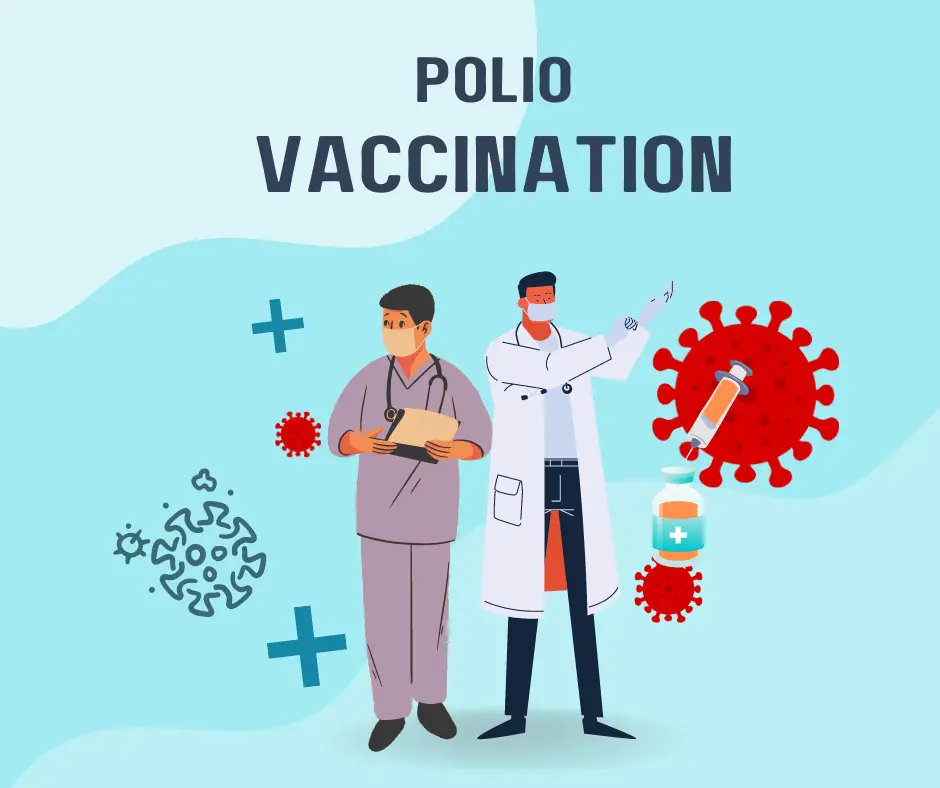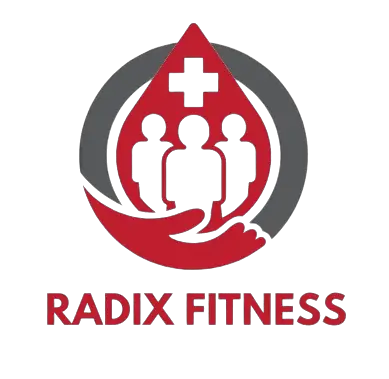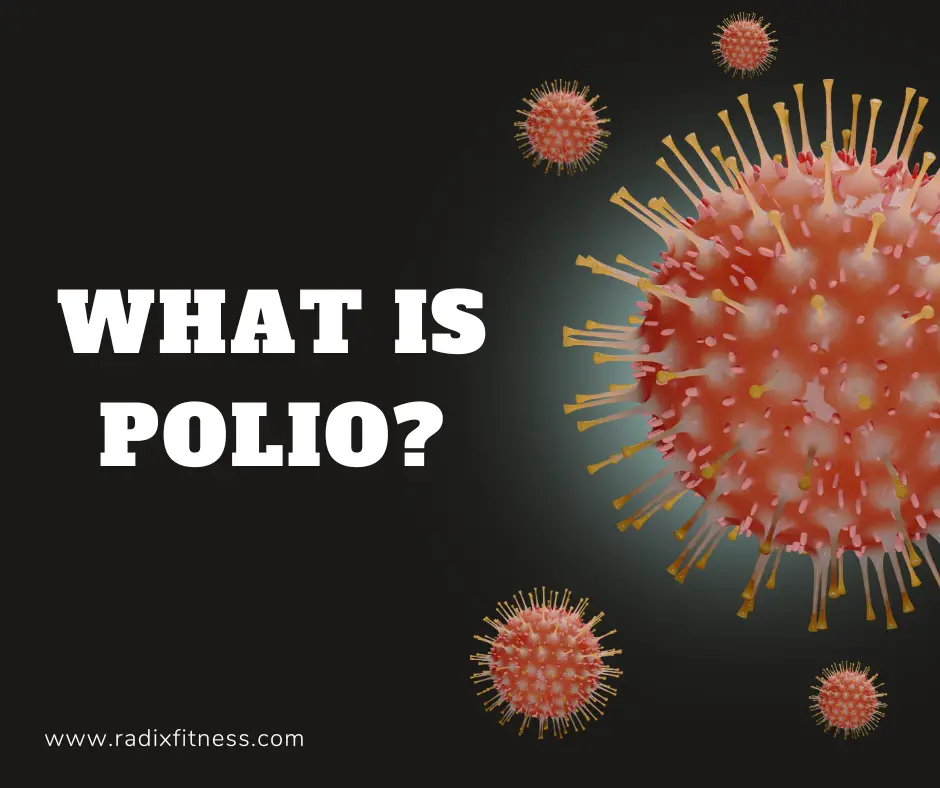Polio is a disorder or disease provoked by poliovirus. The virus stretches from person to person and can contaminate a person’s spinal cord and provoke paralysis.
Symptoms
Most people who accumulate intestinal with poliovirus do not have any observable symptoms 1 out of 4 people with poliovirus infection will include flu-like symptoms that can incorporate the following.
- Sore throat
- Fever
- Headache
- Tiredness
- Muscles weakness
- Vomiting
- Stiffness
These signs usually last 2 to 5 days, and then go away on their own.
Complications
Unbearable or harsh diseases affect the capacity to breathe and cause death. Long-duration difficulty for people whose recovery may incorporate
- Permanent paralysis brain
- Chorionic pain
- Post-polio syndrome
Causes of poliovirus polio is provoked by poliovirus. It particularly targets nerve cells in the spinal cord that manage muscle movement. Polio happens when the virus overspread the nerve of the spinal cord and the quieter part of the brain called the brain stem agrees with controlling respiration. Deterioration of the area may lead to paralysis of muscles of respiration and eventually cause death. Damage to the spinal cord also leads to disability.
How polio spreads
Polio particularly impacts children. But anyone who has not been vaccinated is more at threat or danger of acquiring the disease. People carrying the poliovirus consistently and people who do not get sick can enact the virus in manure or feces also called droplets from sneezing. The virus penetrates another individual through the mouth. This virus can disperse or spread efficiently. This virus also may be in the water contaminated with excrement or manure that drags poliovirus. In some circumstances, it circulates into your brain and particularly causes paralysis.
Consuming nourishment or food that is connected to contaminated water also becomes a reason for to spread of polio. Being in climax communication with someone who has polio also becomes a reason for spreading polio.
Types of polio

Now we will talk about some types of polio.
Abortive polio
Abortive poliomyelitis provokes fLue-like and intestinal manifestations or signs. It simply stays a few days and does not result in long-lasting problems or issues.
Non paralytic poliomyelitis
It may result in aseptic meningitis and a node of the region around your brain. It induces more signs and may insist on staying in the hospital.
Paralytic polio
Paralytic polio takes place when poliovirus strikes your brain and spinal cord. This classification of polio paralyzed muscles.
Polio encephalitis
It is an infrequent classification of polio that largely impacts infants.
Treatment of polio
Because no medication or treatments for polio exist the priority is on improving comfort, speeding healing, and preventing difficulties. Depending on the harshness of the disease supportive treatment may possess bed rest, pain relievers, or a physical antidote to prevent bone disfigurement and loss of muscle function.
Polio vaccination

The Polio vaccine is an adequate method to defend against polio after vaccination common side consequences may include fever, redness, or swelling where the vaccine was given. WHO instructs all children to be entirely vaccinated against polio.
The inactivated polio vaccines are extremely secure. Mild redness may happen at the site of injection. The oral polio vaccine causes about three reasons vaccine-associated paralytic poliomyelitis per million doses given. Both types are secure to give during pregnancy. The first victorious demonstration of the polio vaccine was by Hilary Koprowski in 1950, which involved a life-attenuated virus that people drank. It was used successfully elsewhere. Everyone should get the vaccine to battle against polio.

